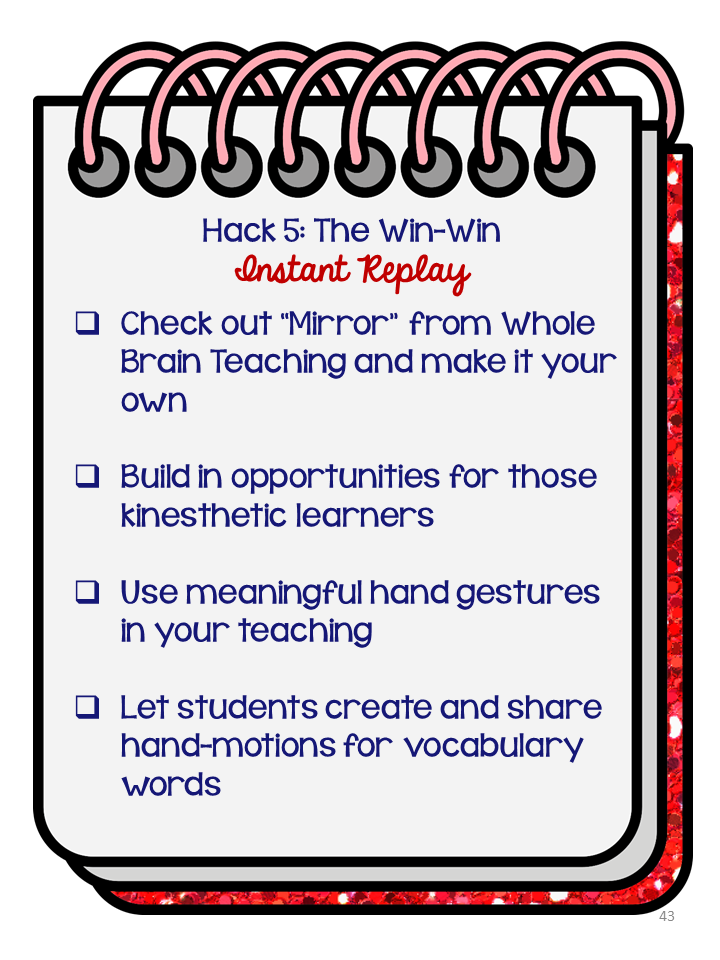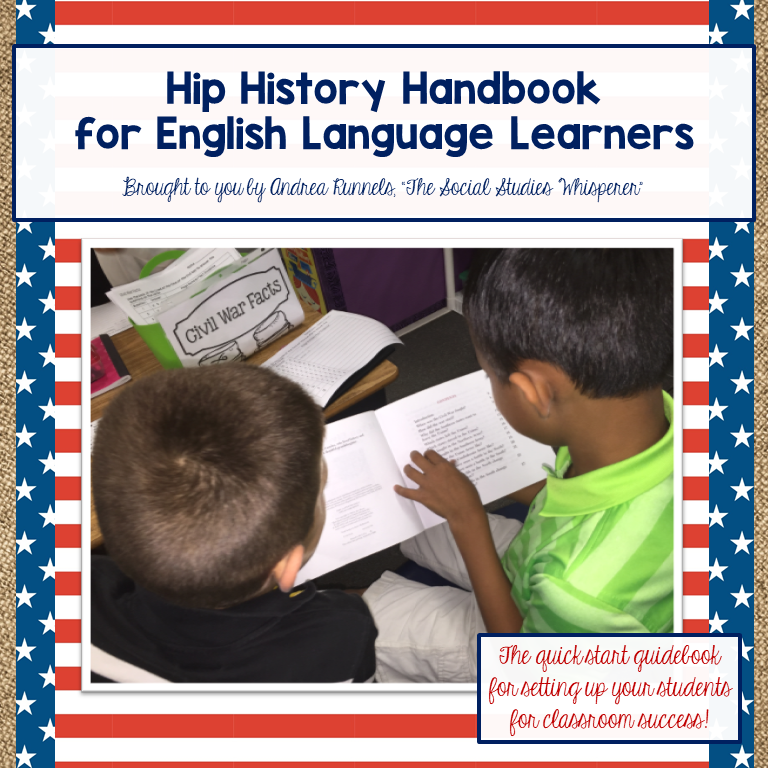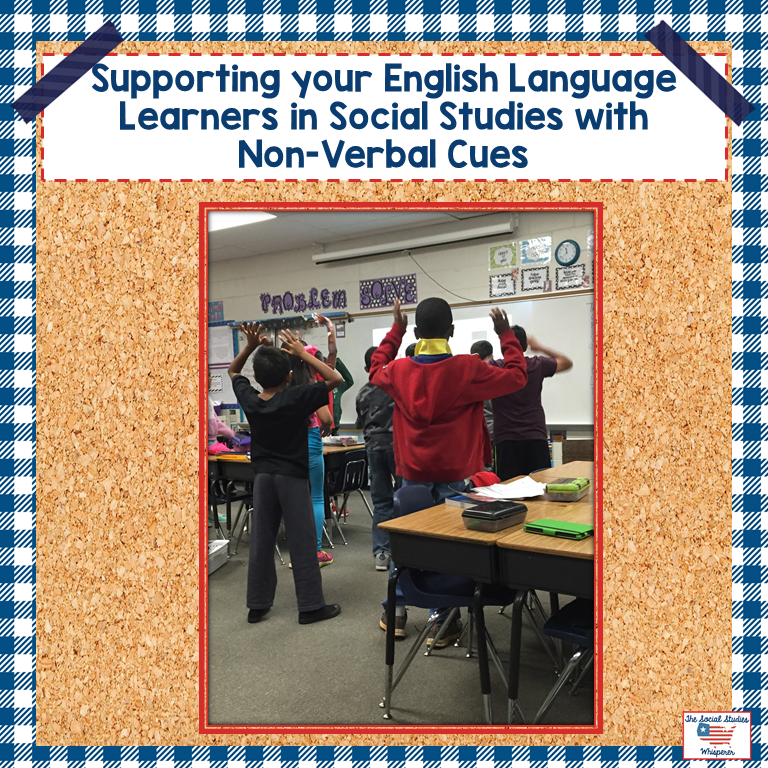You’re going to hear me mention that students feeling included is important multiple times throughout this blog series. I have put myself in the shoes of the students and wondered what it would be like if I were new to America. Or like I previously mentioned I thought about classroom things as a mom. I would want my child to feel like a part of the class, that way they stay motivated and encouraged to try new things. I wanted all kids to be able to participate and feel OK making mistakes. That’s how you learn and grow. So I would try to think outside of the “paper/pencil” box for classroom activities.
Another piece of Whole Brain Teaching I liked to use was my own adaptation of “Mirror”. I put my own spin on this and essentially all it means is that I was having kids create hand motions or mirroring my hand motions to go along with vocabulary words. Hey, you know in your classroom that you have a wide variety of learners. Those kinesthetic learners (or those mini-me ADHD’ers) need to be active, so this is one of those examples of something that is going to benefit all of your students! Who likes sitting still all day? Nobody!
A perfect example of when to use “Mirror” was the Bill of Rights. I had students create hand motions or perform skits for each one of the amendments. Now I varied this activity depending on the learner. My classes at the time (departmentalized teaching 3 different classes) were ability-grouped so this was easier to do than in a typical heterogeneous grab bag mix. This was something that every child could participate in! My newcomers would be able to look at what the students beside them were doing or just follow my lead and just copy it and they felt included! I started with the Bill of Rights Flocabulary unit as a warm-up.



This was a very guided activity for my class of predominantly English Language Learners. Students had a list of the Bill of Rights to refer to, because I always gave my students notes or handouts to keep in their interactive notebooks. I told them what we were doing and gave them a couple of minutes independently to think of hand motions for the Bill of Rights and then let them discuss it with neighbors. It’s helpful for them to have that time in advance or else you may get “crickets” when you ask for a response. The worst….
Next we went step by step through each amendment and I let them give suggestions because that give them more ownership. Of course I had something in mind in case nobody thought of something that made sense. Your kids may surprise you with some really good motions!! Then after we put them altogether and repeated them at the beginning of class over the next several weeks.
Since I taught three different classes and they were ability grouped, it ended up kind of being like Low, Medium, High. I modified the activity based on going from more concrete to abstract thinking and my level of involvement. Assign small groups of kids an amendment and give them time (about 10 minutes) to plan. Then each group taught their motion to the class. And finally we put it all together.
For my highest group, they basically did charades. I put them in groups of about 4 and assigned them the more challenging ones (nobody got the 1st or 2nd amendment)! They had to come up with a very brief skit/way to act it out and have the other students guess. I could have done this with my other classes but knew they would have needed more time. This was just a quick 10-20 minute opener at the beginning of a lesson.
Most of the motions just came to me spur-of-the-moment. I originally came up with some for the Civil War when we were trying to keep all the “compromises” straight! I’d also use this method with science (5 groups of vertebrates, yes please!), so by the time we got to the Bill of Rights my students were familiar.
The kids kind of instinctively picked up on it and would repeat it themselves. Stuff like that offers learners more engagement, especially if you repeat the words multiple times. You need to repeat key terms more than usual for ELLs to catch on and comprehend. You could start by having your own hand motions created ahead of time and just have the kids mirror you. That’s how I started the strategy. I would make up hand motions to go along with the vocabulary as much as I could as part of my daily teaching bag of tricks. Social Studies lends itself to lots of good content vocabulary!

Check out the rest of the blog series here:
- Introduction: https://www.thesocialstudieswhisperer.com/2019/07/introduction-to-meeting-the-needs-of-english-language-learners-during-social-studies/
- Setting Up Your Space: https://www.thesocialstudieswhisperer.com/2019/07/setting-up-your-social-studies-space-with-english-language-learners-in-mind/
- Posting Learning Objectives: https://www.thesocialstudieswhisperer.com/2019/07/posting-learning-objectives-with-english-language-learners-in-mind/
- Meeting the Needs of Beginning Language Learners: https://www.thesocialstudieswhisperer.com/2019/07/meeting-the-needs-of-beginning-language-learners-in-social-studies/
- Building Listening, Speaking, and Vocabulary Skills in S.S.: https://www.thesocialstudieswhisperer.com/2019/07/building-listening-speaking-and-vocabulary-skills-in-social-studies/
- Learning Stations: https://www.thesocialstudieswhisperer.com/2019/07/using-learning-stations-in-social-studies/
- Incorporating the Arts: https://www.thesocialstudieswhisperer.com/2019/07/the-importance-of-incorporating-the-arts-into-social-studies/
- Even Playing Field: https://www.thesocialstudieswhisperer.com/2019/07/giving-english-language-learners-an-even-playing-field-in-social-studies/
- Picture Dictionaries: https://www.thesocialstudieswhisperer.com/2019/07/how-to-make-picture-dictionaries-to-support-your-english-language-learners/
- Being Prepared Ahead of Time/Resource Database: https://www.thesocialstudieswhisperer.com/2019/07/how-to-be-prepared-ahead-of-time-to-meet-the-needs-of-english-language-learners-in-social-studies/
The ideas in this blog post come from my e-book! Click on the picture to check it out!

